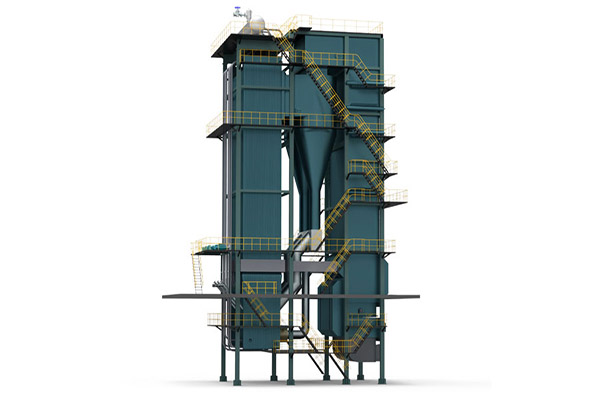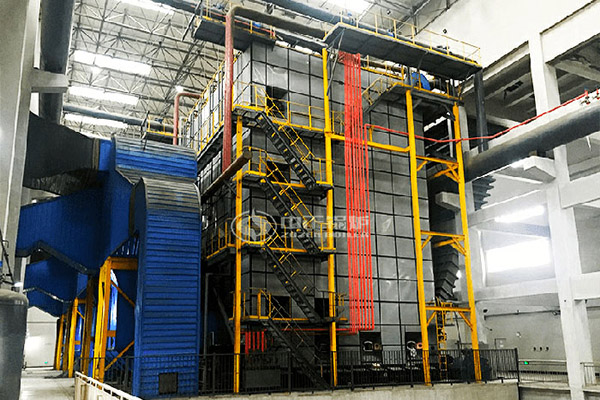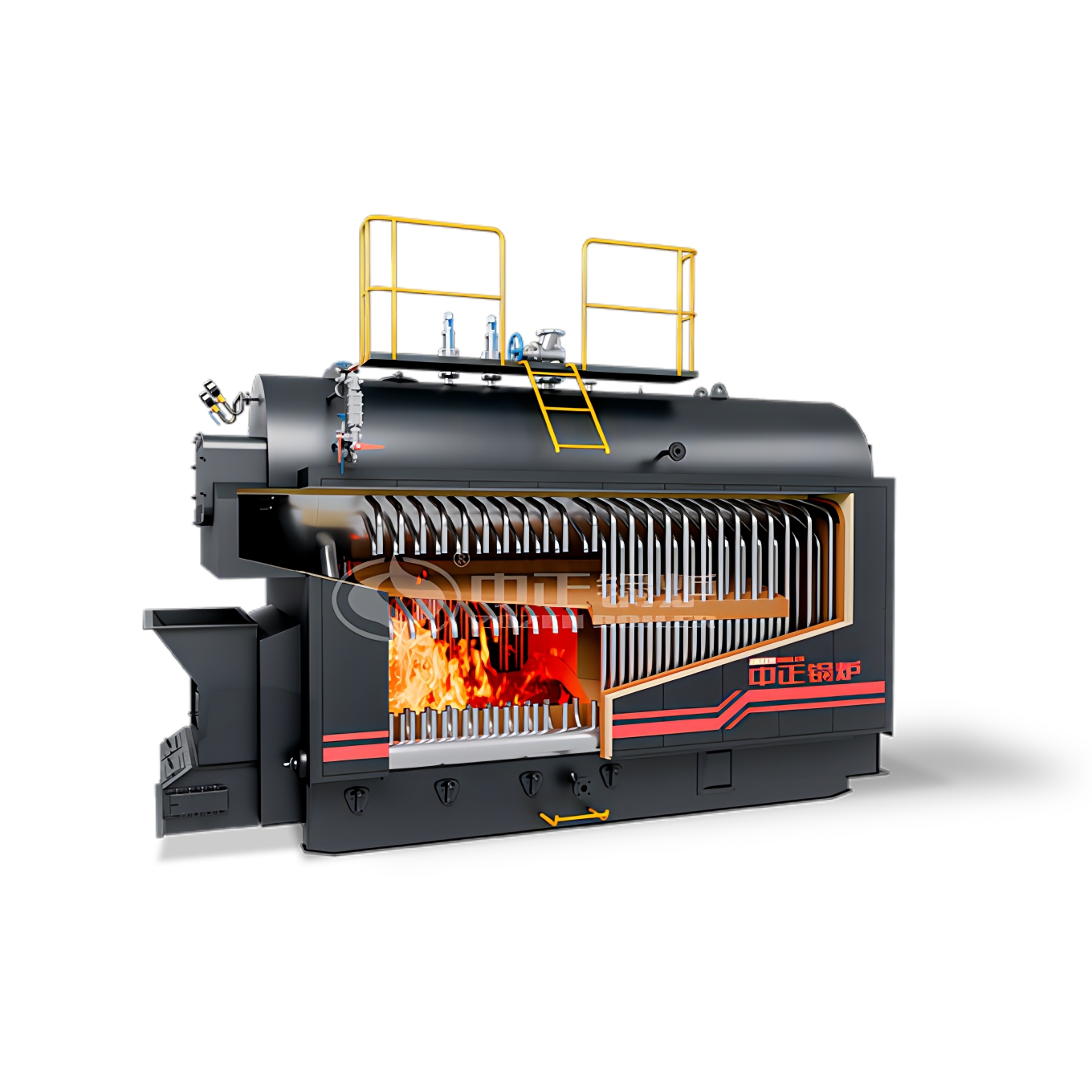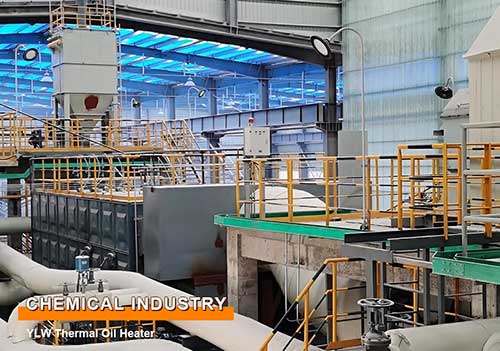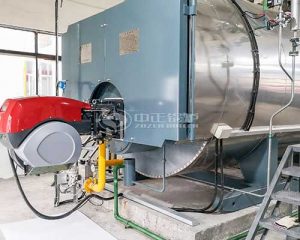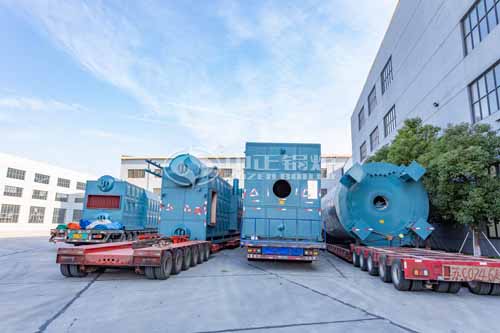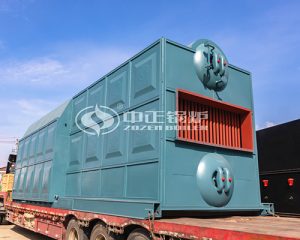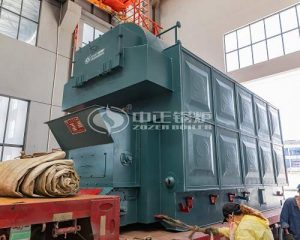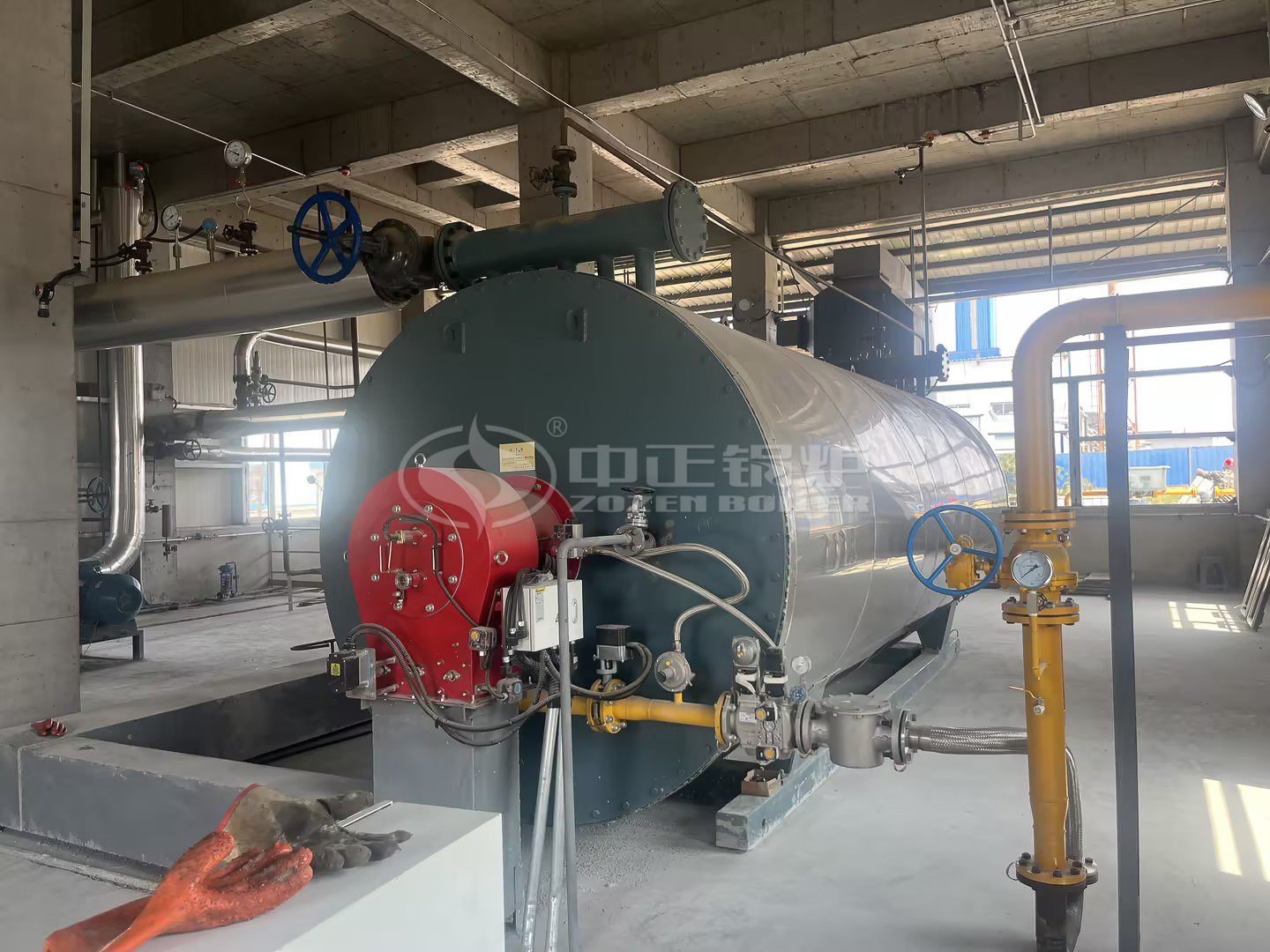The circulating fluidized bed boiler is the most industrialized clean coal combustion technology. Circulating fluidized bed boiler adopts fluidized combustion, and its main structure includes two parts: combustor and circulating furnace. With bubbling fluidized bed combustion technology is one of the biggest difference between high running speed, strengthened the combustion and desulfurization heterogeneous reaction process, such as boiler capacity can be expanded to power industry can accept large capacity (600 mw or above level), circulating fluidized bed boiler has been very good to solve the basic problem such as thermodynamics, mechanics, materials science and engineering problems such as inflation, wear and overtemperature, become difficult to burning solid fuels (such as coal gangue, shale, municipal waste, sludge and other wastes) energy utilization of advanced technology.

Fluidization is a method of mixing fuel and air in a specific proportion, for obtaining combustion. A fluidized bed may be defined as the bed of solid particles behaving as a fluid. It operates on the principal that when an evenly distributed air is passed upward through a finely divided bed of solid particles at low velocity, the particles remain undisturbed, but if the velocity of air flow is steadily increased, a stage is reached when the individual particles are suspended in the air stream.If the air velocity is further increased, the bed becomes highly turbulent and rapid mixing of particles occur which appear like formation of bubbles in a boiling liquid and the process of combustion as a result is known as fluidized bed combustion.
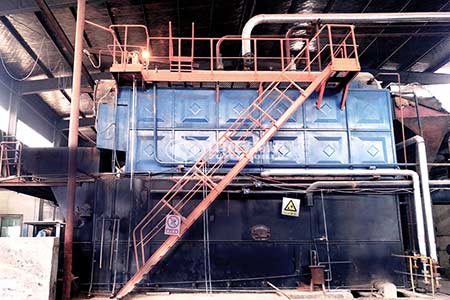
Advantages of Fluidized Bed Boiler
FBC is being used exhaustively these days in all major power stations all over the globe, owing to numerous advantages that it offers over the other pre-dominant methods of combustion. Few of those are:
- High thermal efficiency.
- Easy ash removal system, to be transferred for made cement.
- Short commissioning and erection period.
- Fully automated and thus ensures safe operation, even at extreme temperatures.
- Efficient operation at temperatures down to 150oC (i.e. well below the ash fusion temperature).
- Reduced coal crushing etc. (pulverised coal is not a necessity here).
- The system can respond rapidly to changes in load demand, due to quick establishment of thermal equilibrium between air and fuel particles in the bed.
- The operation of fluidized bed furnace at lower temperature helps in reducing air pollution. The low temperature operation also reduces the formation of nitrogen oxides. By adding either dolomite (a calcium-magnesium carbonate) or lime stone (calcium carbonate) to the furnace the discharge of sulphur oxides to the atmosphere can also be reduced if desired.
